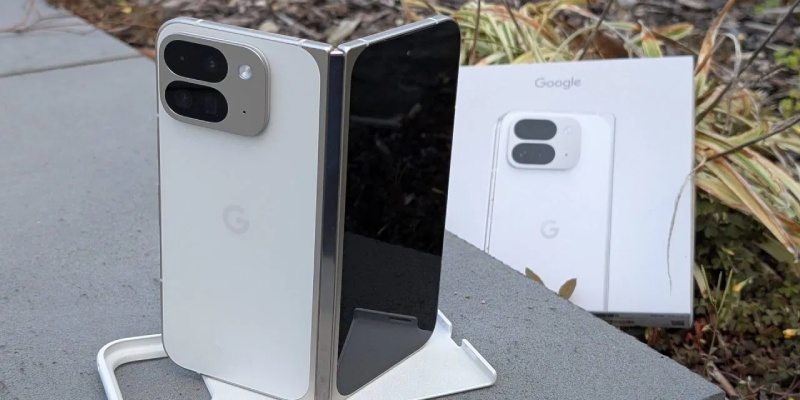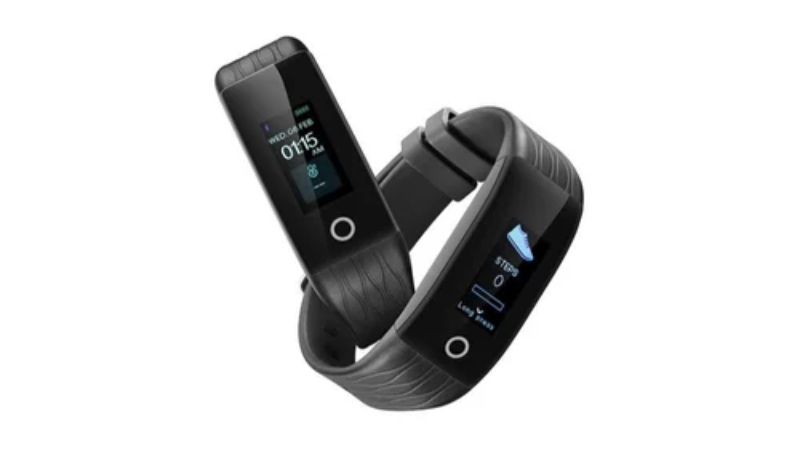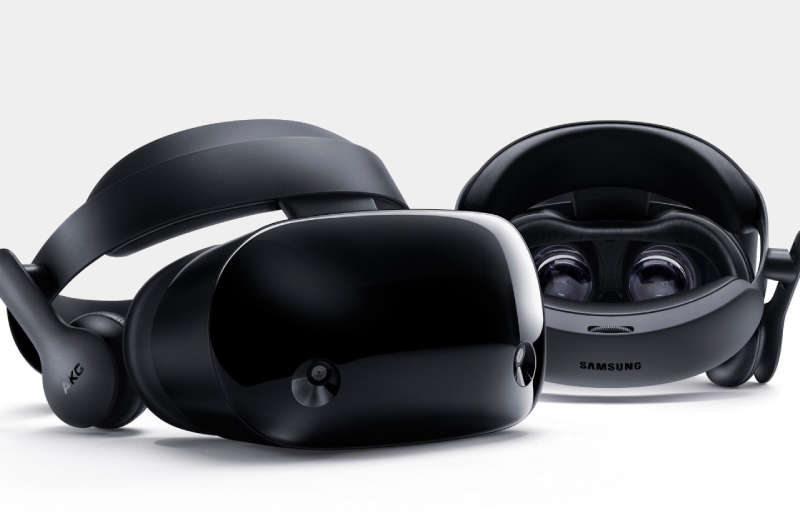Google’s latest foldable smartphone, the Pixel 9 Pro Fold, has recently undergone a rigorous durability test by JerryRigEverything, which included both a bend test and a teardown to evaluate its structural resilience. Contrary to expectations, the hinge was not identified as the phone’s weakest point. The exterior of the device, including the hinge, is made from “aerospace-grade high-strength aluminum alloy,” offering a sturdy build.
However, the Pixel 9 Pro Fold’s inner screen proved more vulnerable to damage compared to its outer display. While the Gorilla Glass Victus 2 cover screen, branded as Actua, shows minimal scratches at a hardness level six, with deeper grooves appearing at level seven, the inner Ultra Thin Glass display, referred to as Super Actua, is far more delicate. This internal screen begins to scratch at a mere level two, making it susceptible to damage even from fingernails, which contrasts the relative scratch resistance of the outer display.
The hinge of the Pixel 9 Pro Fold, constructed from “multi-alloy steel,” performed reasonably well during the durability test. However, it was found to grind when exposed to dirt and sand due to the absence of dust protection (IPX8). The device held up when subjected to a bend test while closed, showing no signs of damage. But when open and bent from the back, the hinge’s spine provided minimal resistance, with the back panels meeting over the hinge but not preventing strain.
A recurring design issue from last year’s model, the antenna lines situated next to the hinge, remains a weak point in the Pixel 9 Pro Fold. During the bend test, these antenna lines caused the cover screen to separate from its case, particularly on the display side. Nevertheless, the hinge itself withstood the stress test, managing to avoid the catastrophic bending seen in some foldable phones, unlike the Samsung Z Fold6, which employs a locking mechanism to safeguard its structure.
In a recent teardown by iFixit, the internal components of the Pixel 9 Pro Fold were revealed. Underneath the cover screen lies a larger battery, while a smaller battery cell and motherboard are housed in the other half of the phone. The teardown also uncovered a vapor chamber beneath the battery and the Tensor G4 processor, designed to dissipate heat. Most of the thermal dissipation occurs when the phone is closed, with heat flowing from the processor to the vapor chamber and then into the fold’s center, ensuring the device stays cool during use.
Topics #Foldable Mobile #Google #Google Pixel #Google Pixel 9 #Google Pixel 9 Pro Fold #New mobile #New Phone #news #Pixel #Pixel 9 Pro #Smartphone










